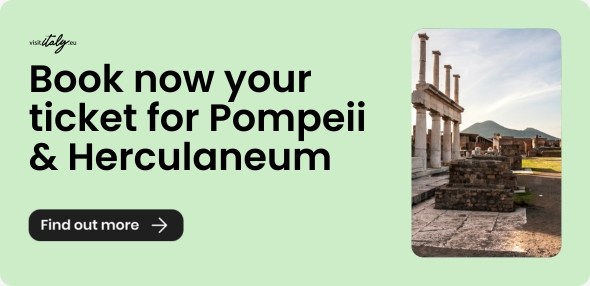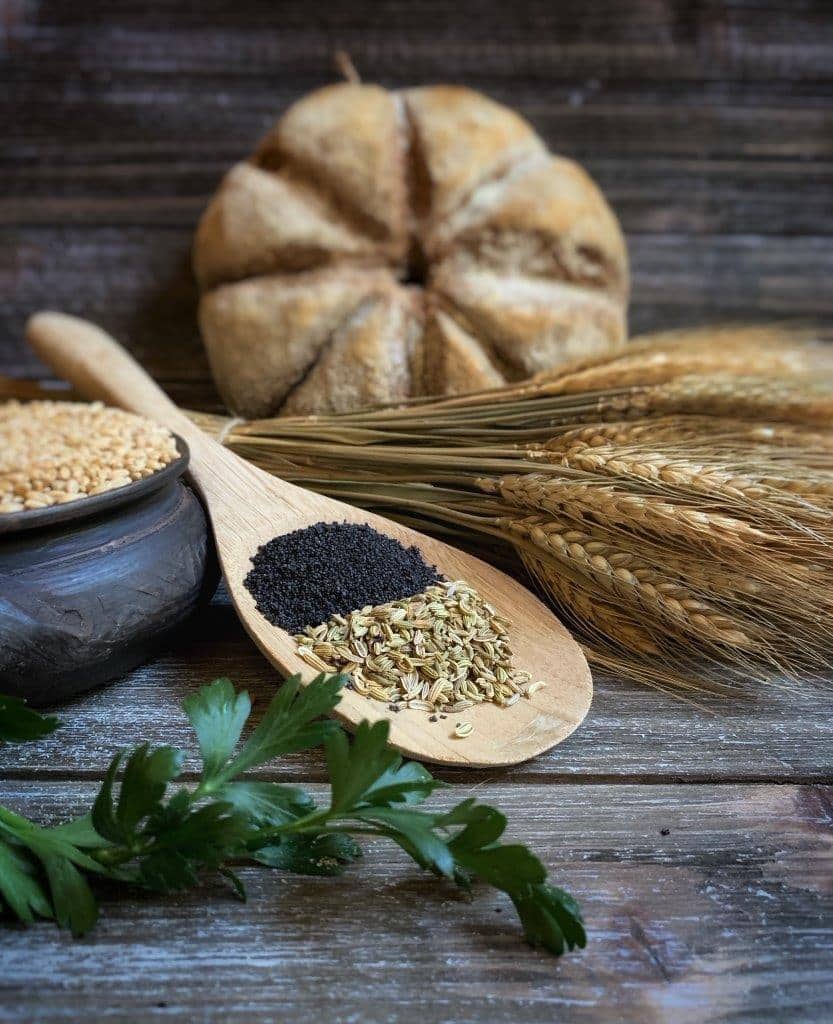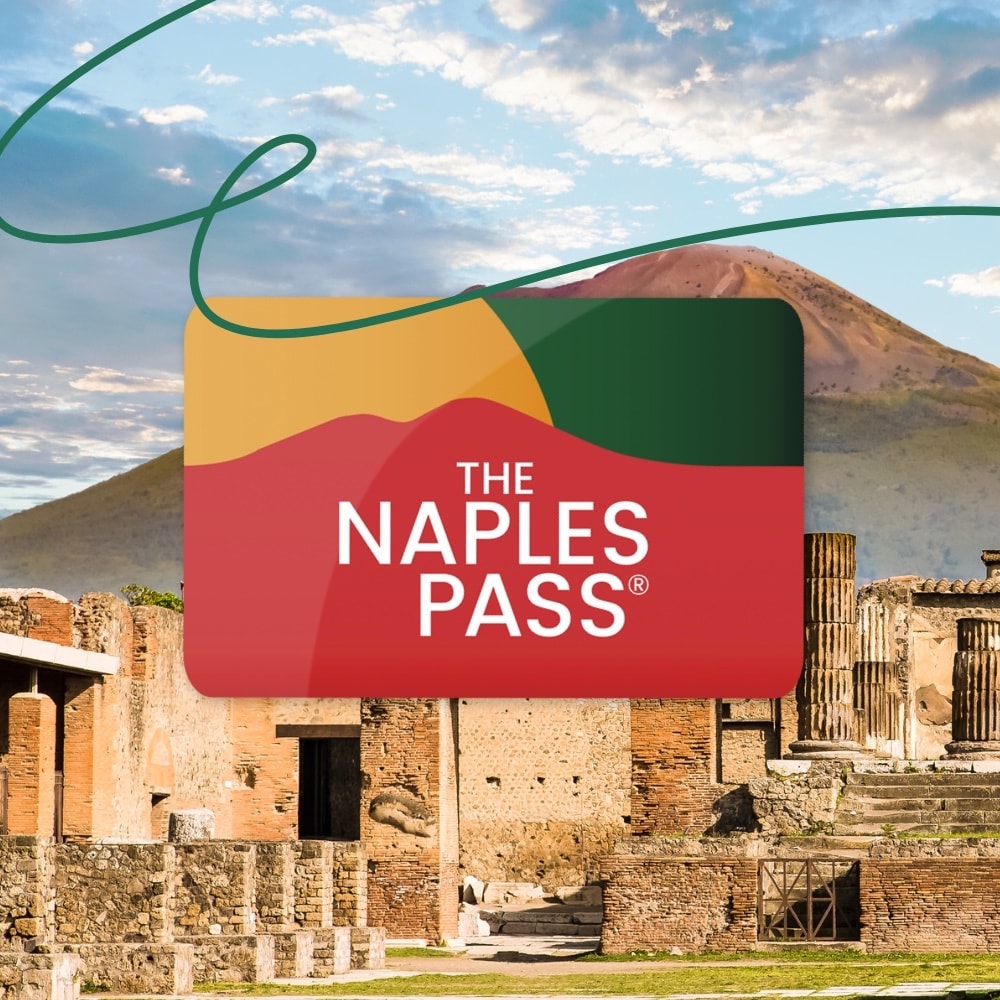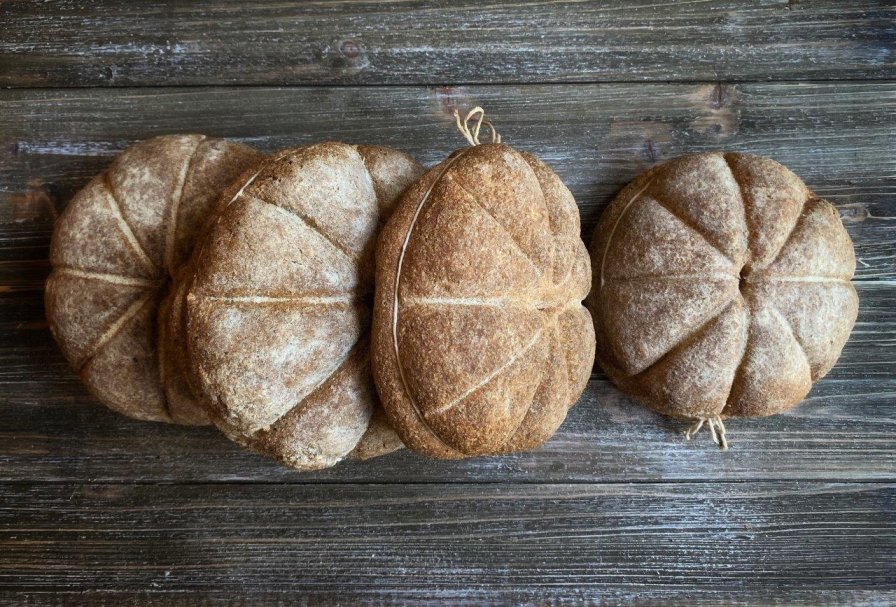1. Who is Farrell Monaco?
I am a Canadian culinary archaeologist who specialises in Roman food, food preparation, and associated technologies, utensils and vessels. I recreate Roman meals using archaeological, pictorial and literary evidence as I believe that to understand something multifaceted, like food and food culture, one must deconstruct and reconstruct it. Recreating Roman foodstuffs allows us to understand what foods Romans had access to, how they distributed and prepared their food for consumption, and what they preferred to make, time and time again, either out of necessity or because it brought them pleasure. I believe that the sensory aspects of Roman food preparation and consumption are just as important as food procurement and agriculture.
I live in Los Angeles and I am married to an Italian man whose family is from Caserta. When I am working or researching at Pompeii, my home away from home is in Scafati. My editor and business partner, Raffaele Cirillo, resides in Scafati and he is the former director of the publishing house, Edizioni Flavius.
With the exception of 2020, which halted all international travel, I am in Italy every year for work and research and I bide my time between Rome, Naples and Scafati.

2. What source did you use to recreate this recipe?
.jpg)
I research a Roman food item thoroughly by analysing the item itself (if there is physical evidence of it left), by studying the broader coverage of the item using other forms of evidence such as utensils and cooking technologies, frescoes, sculpture, epigraphy and literary evidence, so I can understand not only how the item is made but its use environment and cultural significance as well. I spend a long time recreating the food item as true to its original form and composition as possible. To me, this is integral to fully understand the production process (time and labour expended) as well as the sensory aspects involved such as physical effects of the labour, the heat, the associated sounds and smells, the tastes and textures, etc. It also speaks volumes about the range of flavours that Romans enjoyed on a regular basis.
For this particular recipe, it was a tangent from my ongoing research of the iconic Panis Quadratus loaf, of which 81 were excavated from just one bakery oven in Pompeii, at the Bakery of Modestus (VII 1, 36/37), by Giuseppe Fiorelli in 1862. The loaves are called ‘Quadratus’ in Latin as they are superficially divided into anywhere from 4 to 8 segments to make the loaf easier to break apart by hand before eating it.
While researching the primary Pompeian loaves, I discovered that a similar loaf of bread was mentioned in a 1st century Greek literary work by Philostratus the Elder. In this work, he writes: "If you care for raised bread or “eight-piece loaves,” they are here nearby in the deep basket. And if you want any relish, you have the loaves themselves—for they have been seasoned with fennel and parsley and also with poppy-seed, the spice that brings sleep…” – Philostratus the Elder, Imagines, Xenia II.26 (1st c. AD)
I realized that in this text, Philostratus was likely referring to Panis Quadratus loaves, known as ‘kodratoi’ or ‘blōmiaioi’ to the Greeks, and Philostratus’ reference suggested that they contained ingredients that are not considered at all in discussions around ancient Graeco-Roman bread-making and are never discussed as items that may also have been used in bread made in Roman commercial bakeries, such as the commercial bakeries of 1st century Pompeii, Herculaneum, Rome or Ostia.
Pliny the Elder tells us that ‘Git is grown for use in bakeries...’ - Pliny the Elder, Historia Naturalis, XIX (1st c. AD). And this is another strong reference that infers that Roman bread contained more than just milled wheat, salt and water. Graeco-Roman bread-making was much more sophisticated than we give it credit for in the modern era! I often ask myself why we make such ‘bland’ bread in comparison!
To recreate this recipe, which was recently featured by National Geographic, I focussed on an average-sized Panis quadratus loaf, its general composition, and the ingredients that Philostratus the Elder described in his writing. A much more technical recipe for the Modestus loaves, their ingredient quantities and ratios, compositions, original sizes, as well as the tools that likely formed them, will be explored deeper in two forthcoming papers that I am publishing on the subject.
3. How did you analyze the bread’s ruins in Pompeii?
With the kindness and support of the senior administration and staff of the restoration laboratory at the Museo Archeologico Nazionale di Napoli, I was able to do my research and the loaves were examined in person under their supervision. I am beyond grateful to them and to the Soprintendenza Speciale per I Beni Archeologici di Pompei, Ercolano e Stabia for their kindness and support. I am not permitted to discuss the method or results yet as they are being published shortly.
4. Which were the main difficulties?

The main difficulties in interpreting Roman food is that many of the tools used to prepare food, at Pompeii and Herculaneum in particular, did not survive the eruption of Mount Vesuvius in 79 AD. We are left to fill in the blind spots in the archaeological record using literary evidence or other types of evidence, such as sculpture and frescoes. But this too presents its problems as ordinary everyday Romans and slaves aren’t adequately represented in Roman art and literature, so the blind spots can often be even bigger when it comes to literary works and art. This is why experimental archaeology is critical to the interpretive process. Using various tools to recreate objects, structures and food allow the archaeologist to use their own experience and results as part of their interpretation. It’s much more effective than simply looking at an object in a glass cabinet.
5. What is different between Pompeii's bread and that of today? And for you, which one is better?
At this stage in my research, I would say that the archaeological examples available for analysis via Pompeii and Herculaneum, which represent only one day and a few locations, suggest that bread made in commercials settings was lightly leavened but quite dense and filling. But there is no evidence to suggest that these loaves were bland or boring by any means. Philostratus and Pliny have informed us that using herbs and spices in the 1st century Greek and Roman bread was commonplace. Using portions of the loaves to soak up wine, oil, or broth must have been quite pleasing to the taste buds.
6. How do you become a culinary archaeologist? What are the differences with classical archaeology?

I am trained as a Classical Archaeologist and I have always been focused on Roman port systems and food trade. What began with a love affair with amphorae eventually shifted to a focus on the food itself, not just the vessels that transported them. I wanted to study cooking, preference and taste, when it came to food, in addition to the role of bread in Roman society, both as the backbone of the Roman diet and as a religious symbol and offers. In the modern era, food drives us in so many ways and we have a very important relationship with it from procurement and sustenance to pleasure and identity. Food is a part of our day, every day, and it’s a part of who we are, as humans and as members of our own respective cultures. I like to think that the Romans were no different. They painted images of food on their walls just like we photograph our lunch and post it on Instagram. It is a projection of who we are and who we aspire to be. Food is represented in Roman art, in literature and in archaeology: it is one of the most valuable tools that Classical archaeologists have in understanding what shaped ancient Rome and its people. There are also some ingredients and practices in modern Italian cooking that show some degree of continuity from the Roman era and it is truly beautiful to behold. We owe this to Italian men and women who have kept many cooking and baking traditions intact and unchanged for countless generations.
Farrell Monaco: Info and contacts
Are you fascinated by culinary archaeology and Farrell Monaco's research?
Probably, you will be interested also to her another research in Pompeii about the ancient menu in Thermopolium.
Farrell will be back in October in Italy to do a series of presentations and workshops in the Pompeii and Naples area.
If you would like to try the recipe of Panis Quadratus, you can find it in this and other ancient recipes in her blog Tavola Mediterranea. Her social media platform are Facebook, Instagram, Twitter.
About the author
Written on 27/05/2021




Ludovica Poliero
Everyone knows Pompeii's ruins. But how many do they know that among them there were some bread loaves too? Visit Italy has the pleasure to interview the culinary archaeologist Farrell Monaco, who studied this case and tried to re-create the recipe too. Let's go to discover what she told us and how she carries out her research...